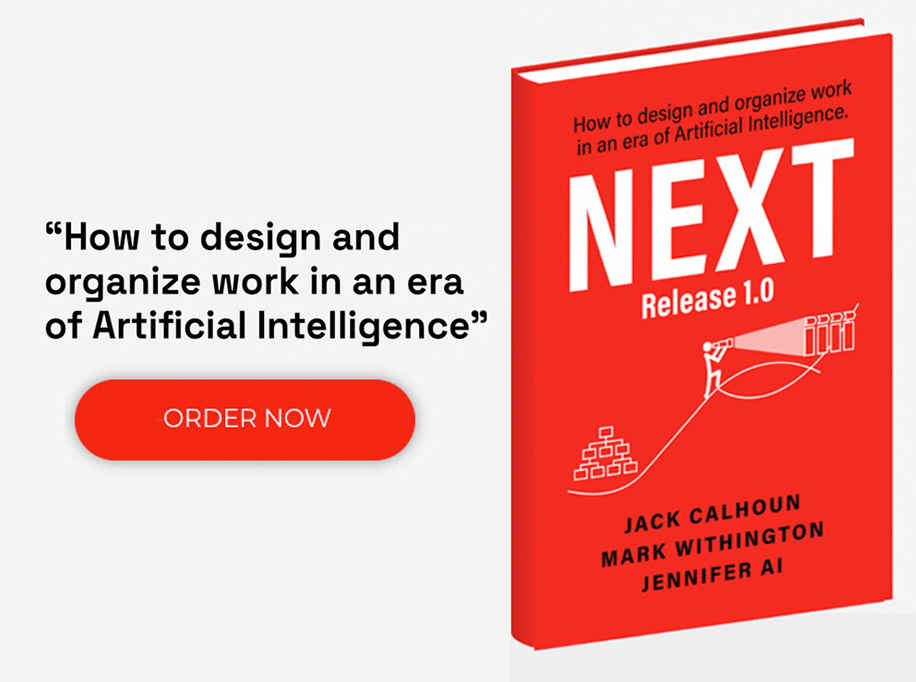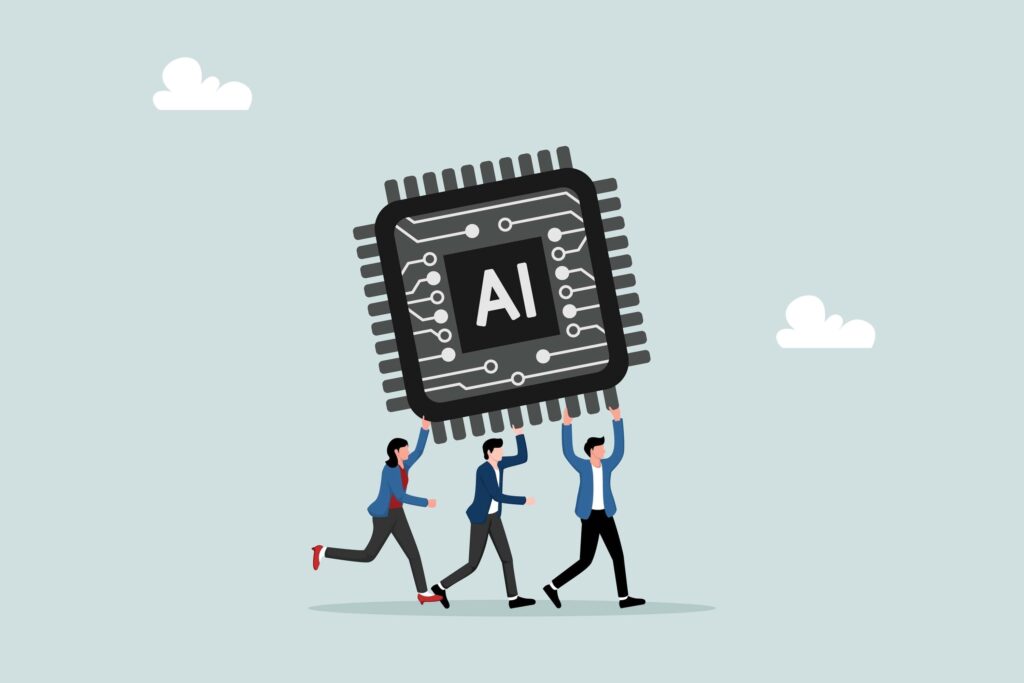Business Model Innovation (BMI) is more than just a set of incremental changes; it represents a holistic and radical transformation of how a company creates and delivers value to its customers. Most importantly, from the shareholder’s view, BMI represents how it generates revenue or profits through the value proposition.
While some may be well-versed in Business Model Innovation, others may wonder, “What exactly is Business Model Innovation?” In this guide, we define the concept, explain its importance, provide examples, discuss strategies and challenges, and look to the future of Business Model Innovation.
Business Model Innovation Defined
Business Model Innovation is a comprehensive approach that determines the core components of a company’s strategy, including its target audience, value proposition, revenue streams, and cost structure.
Business Model Innovation involves:
- Rethinking an organization’s existing business models.
- Challenging conventional wisdom.
- Exploring novel approaches to problem-solving.
A core component of Business Model Innovation that most organizations overlook is the Operating Model. The Operating Model is an expansion on Michael Porter’s Value Chain first described in his book Competitive Advantage: Creating and Sustaining Superior Performance. In simple terms, a value chain is a series of steps or systems a business uses to create value for its customers. The Operating Model builds upon the concept of the value chain to include all of the capabilities that support the value chain (illustrated as chevrons – see below). Capabilities are visual constructs that describe the people who perform business processes supported by various technologies within an organization. The Operating Model makes the activities and processes that an organization conducts explicit, and in doing so, allows the organization to easily identify, evaluate, and correct inefficient, ineffective, or missing capabilities that are crucial in executing the organization’s strategy.
Using the Operating Model for BMI focuses on the business processes within the organization that produce customer value. Broadly, these processes fall into three or four Process Families:

- Service Development
- Prospect Awareness and Acquisition
- Service Delivery (Customer Experience)
- Customer Retention and Community Development
Importance of Business Model Innovation
To stay relevant, businesses always need to evolve, but they can choose to do so proactively and lead the way or reactively and struggle to keep up. For companies that want to remain relevant , Business Model Innovation allows them to leverage changing customer demands and expectations to drive business growth. Far too many have failed to heed market dynamics at their peril ( for example did you know that Eastman Kodak, a pioneer in the photography industry, played a vital role in the development of digital imaging technology and yet was unable to capitalize on its investment)..
Examples of Business Model Innovation
Many things we enjoy and rely upon exist due to Business Model Innovation. Just take Netflix, for example. The company began as a DVD rental service, transformed into a cutting-edge subscription-based streaming platform that completely disrupted the industry, and is now creating a buzz by randomly giving away DVDs to customers. Another example is Airbnb. It disrupted the hotel industry with innovative peer-to-peer accommodation arrangements and tourism experiences. These companies boldly shook up the status quo and became staples in our lives.
Strategies in Business Model Innovation
The fastest way to build new business models, innovate, and transform culture along the way is with a Strategy-to-Execution process that includes the following tenets from the Transformation Manifesto:
- A complete and total leadership focus on running, improving, and transforming the business simultaneously is required.
- A strategy-to-execution process is cultivated and includes many contributors. Without this, running and improving the business will fail, and transformation will be impossible.
- The strategy-to-execution process must be driven by vision and inspiration. The best type of transformation is driven by value and is not a response to market forces.
- A fundamental rethinking of the business operating model must be embraced. Forget hierarchy; it’s all about capability development and deployment.
- There must be a deliberate shift away from command and control models to new networked models of work.
- Adoption of new capability-based behaviors, metrics, and responsibilities must be widespread.
- Transformation requires new techniques – capability modeling, business value analysis, heat mapping, investment road mapping, and enterprise architecture.
- Higher velocity must be created by using the agile or scrum approach for business and IT.
- Inspired stumbling forward must be encouraged and rewarded.
- Transformation must start with CEO and C-suite leadership and center on Talent Management. Leadership must demand more from HR and IT to leverage talent for better collaboration and to create the conditions for innovation and growth.
Challenges in Business Model Innovation
Despite their best efforts, many organizations seem to be incapable of Business Model Innovation. The most common root cause of this struggle is that businesses make the mistake of confusing the Org-chart, which describes what employees do for the organization, with the Operating Model, which describes what an organization does to deliver its value proposition to its customers.
While it can be helpful to direct attention to employee contributions, doing so in this context distracts from what is at the core of business transformation. Viewing business model transformation through the lens of the Org-chart encourages parochial thinking and reinforces departmental silos. Org-chart thinking typically results in a retrospective inward gaze rather than a forward-looking outward scan to discover new market opportunities, enhance customer experiences, and improve operational efficiencies.
Using the Operating Model for BMI focuses on the customer-value-producing business processes within the organization. Viewing the organization through this lens not only positions the organization for Business Model Innovation but more importantly, it often reveals gaping competitive holes, leaving the organization highly susceptible to digital disruptors – new or existing competitors who have leveraged new/emerging technology to leapfrog existing incumbents.
Future of Business Model Innovation
The Future of Business Model Innovation is for you to define. What will your business innovate?
In his book, The Fourth Industrial Revolution, Klaus Schwab stated, “The question for all industries and companies, without exception, is no longer am I going to be disrupted but when is disruption coming, what form will it take, and how will it affect me and my organization?” At Accelare, we’ve created a quick, 4-minute assessment that helps organizations evaluate their operating model to determine their digital disruption exposure.
This assessment looks at four specific domains that are critical to BMI:
- Value Innovation/Customer Experience – The organization’s ability to design and deliver a meaningful customer experience at a lower cost.
- Operational Innovation/Agility – The organization’s ability to re-align human capital, business processes, and current technology to anticipate and capitalize on market shifts.
- Organizational Engagement – The organization’s ability to promote employee experiences and build alignment through communication and active participation.
- Financial Health – The organization’s ability to allocate capital to create value for stakeholders.
Upon completion, we will send out a free, personalized report that compares your organization against a baseline and offers advice on improving your digital disruption resilience and BMI efforts.
To jumpstart your Business Model Innovation journey, take our Digital Disruption Assessment.











